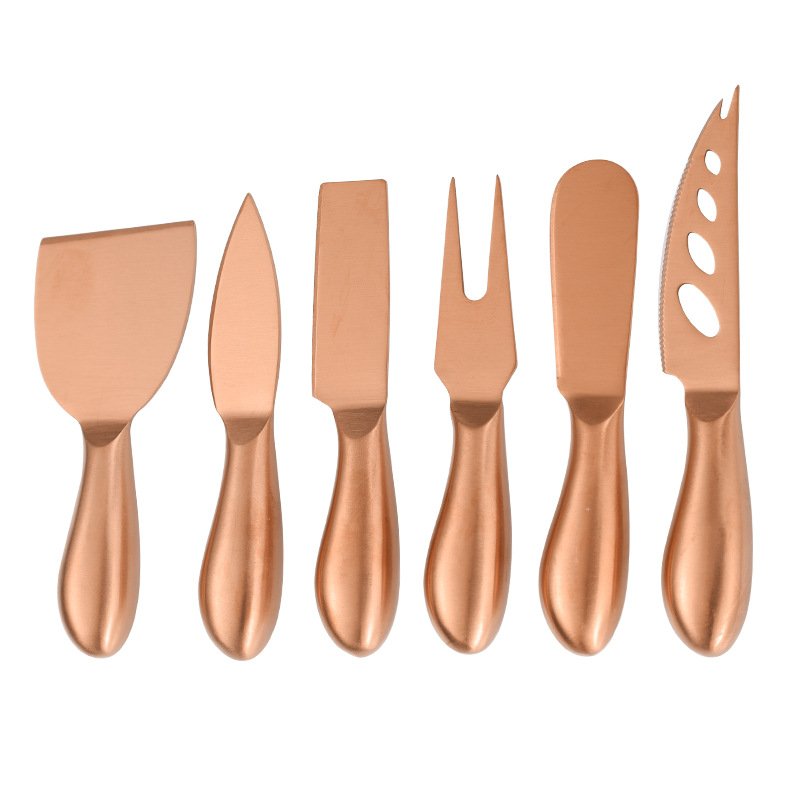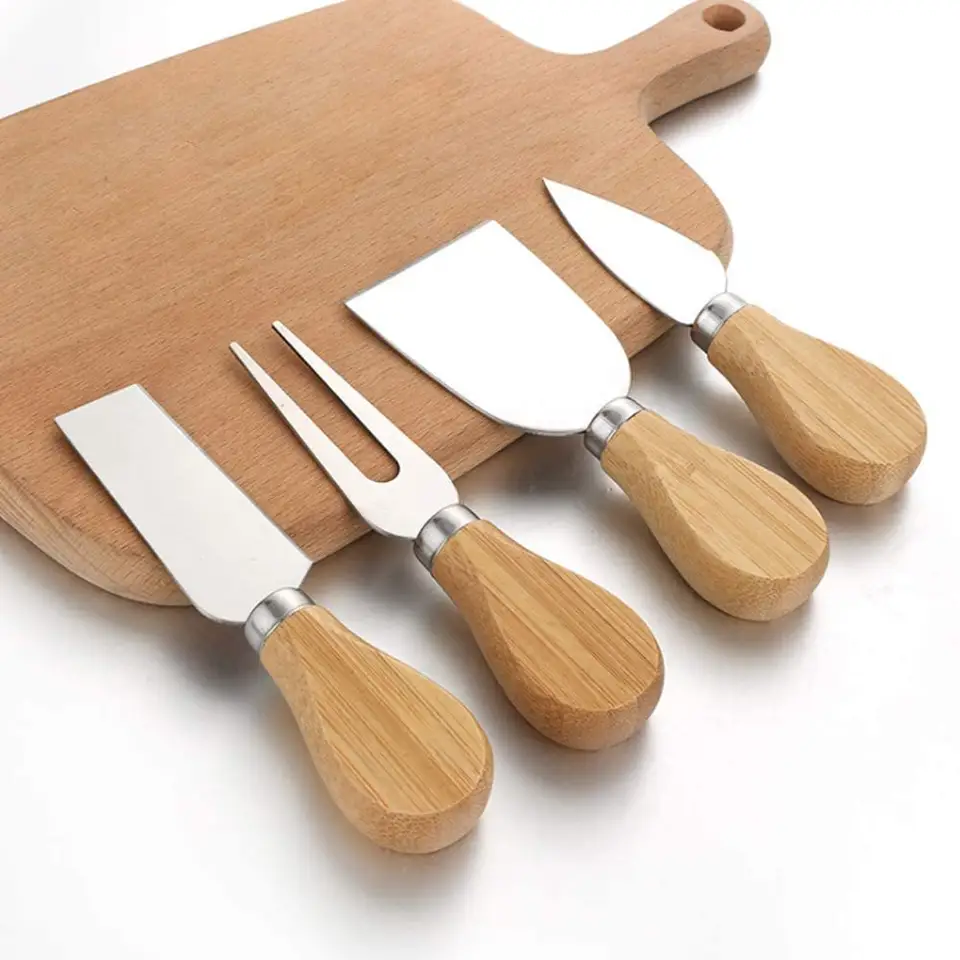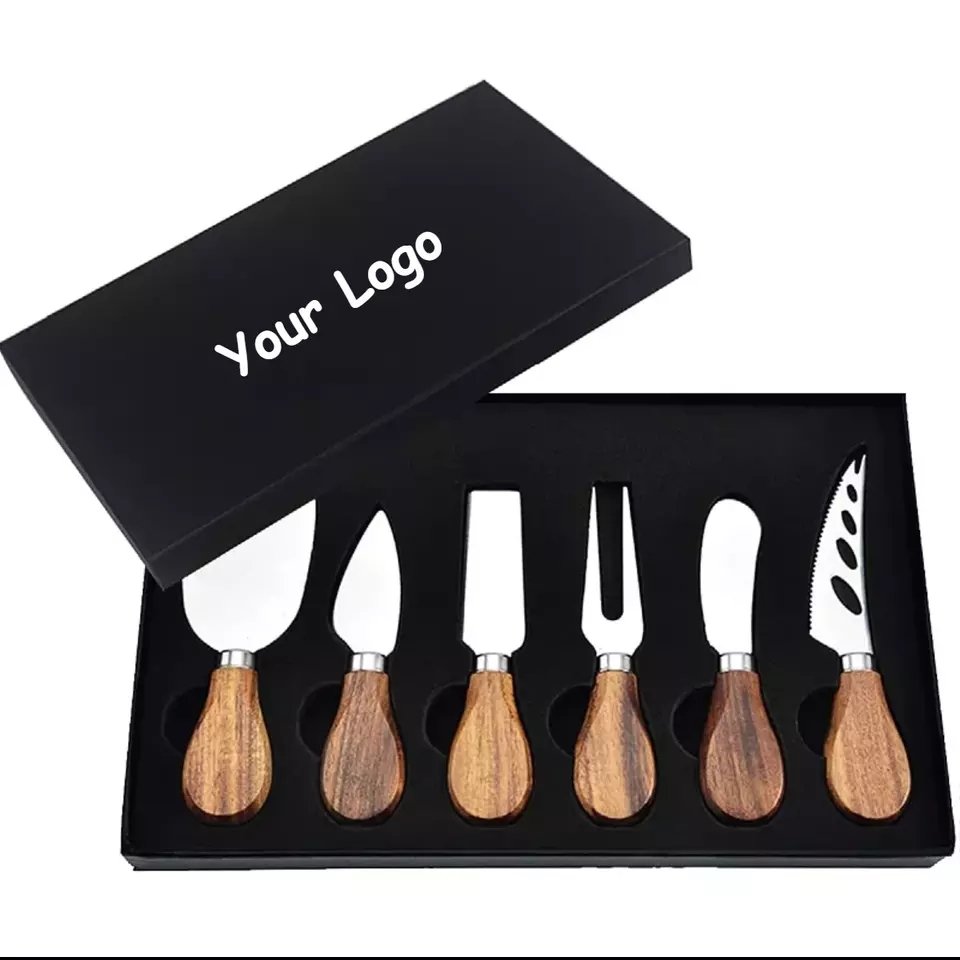When you’re sourcing cutlery through ODM/OEM, it’s easy to make mistakes that can cost you time, money, and quality. Here’s how to avoid them.
ODM/OEM cutlery production can be tricky. In this post, we will explore the five most common mistakes businesses make and how to avoid them to ensure smooth production.
Cutlery production requires attention to detail. One wrong move can disrupt the whole process. Let’s dive deeper into the mistakes that can hinder your progress.
Table of Contents
Is choosing the wrong supplier a big mistake?
Choosing the wrong supplier for ODM/OEM production is a critical mistake. It can affect product quality, delivery time, and overall costs.
A wrong supplier can lead to inconsistent quality, delays, and increased costs. Here’s why you need to select your supplier carefully and the key factors to consider.
Selecting a supplier might seem straightforward, but it involves several crucial steps to ensure success. The right supplier should align with your quality standards, delivery expectations, and budget. Let’s break this down:
Assessing Quality
Supplier quality is one of the most important factors in cutlery production. You want to work with a supplier that consistently produces high-quality products. Look for suppliers who have certifications like ISO, BSCI, or FDA. It’s also important to request samples before committing to large orders.
Evaluating Cost Efficiency
The goal is to find a supplier that balances quality with cost-efficiency. While it’s tempting to choose the cheapest option, remember that you get what you pay for. A low-cost supplier might cut corners on material quality or craftsmanship.
Supplier Reputation
A reputable supplier will have positive reviews and references from other clients. You can ask for case studies or speak to previous customers to get an idea of how reliable they are. Checking the supplier’s track record can save you from major headaches later.
Key Factors to Consider
| Factor | What to Look For | Why It Matters |
|---|---|---|
| Certifications | ISO, BSCI, FDA, and other quality certifications | Ensures product safety and consistency |
| Samples | Always request a sample before committing | To check quality before mass production |
| Supplier Experience | Years in business and number of clients | Experience leads to better reliability |
| Delivery & Lead Time | Reliable lead times | Delays can disrupt your operations |
| Pricing | Reasonable prices without compromising quality | To ensure long-term cost-effectiveness |
Are you failing to communicate effectively with your supplier?
Poor communication with your ODM/OEM supplier can cause confusion, delays, and mistakes. It’s essential to keep the lines open and clear throughout the process.
Effective communication with your supplier ensures that your needs are met without misunderstandings. Here’s why this mistake happens and how to prevent it.
Miscommunication is a common problem in international trade, especially in ODM/OEM cutlery production. But how can you make sure you’re effectively communicating your needs? Let’s take a deeper look:
Clear Expectations from the Start
Start with clear and detailed specifications. Whether it’s about material, design, or packaging, the more information you provide upfront, the less room there is for misunderstandings. A well-documented contract and detailed drawings help both parties stay on the same page.
Frequent Check-Ins
Don’t wait until the end of production to check in with your supplier. Regular updates and meetings help ensure everything is going according to plan. This is especially important if you’re working with a large supplier or if your order is complicated.
Language Barriers
Language differences can complicate communication. It’s always a good idea to work with someone who speaks your language or is proficient in the international language of business—English. Using a local agent or a translator might also help in some cases.
Ensuring Success with Communication
| Communication Aspect | How to Ensure Effectiveness | Tips for Success |
|---|---|---|
| Clear Specifications | Provide exact details in your agreement | Use visual aids like diagrams or samples |
| Regular Updates | Schedule consistent check-ins | Weekly or bi-weekly calls or emails |
| Language Barriers | Work with bilingual teams or translators | Ensure clarity and avoid misunderstandings |
| Contract Clarity | Have a detailed contract with clear terms | Include timelines, quality standards, and penalties for delays |
Is overlooking prototyping a costly mistake?
Skipping prototyping is a mistake many businesses make when launching ODM/OEM cutlery. It’s a critical step to ensure that the product meets your expectations.
Prototyping helps you identify potential issues before mass production starts. Let’s look at why skipping this step can be costly and how to avoid it.
Prototyping is one of the most important stages in ODM/OEM production. It allows you to test and evaluate your product before committing to large-scale manufacturing. Here’s why it’s a must:
Identifying Design Flaws Early
A prototype can reveal design flaws that might not be obvious in theory or on paper. For example, a handle that feels uncomfortable or a knife that doesn’t cut well can only be detected by actually using the prototype. This saves you from having to deal with costly revisions after production begins.
Testing Material Quality
Prototyping is also an opportunity to test the materials used in your cutlery. Even if a supplier claims to use high-grade stainless steel, you won’t know how it performs in real-world conditions until you test it. Prototypes allow you to assess durability, weight, and finish.
Production Readiness
Prototyping helps ensure that your supplier is capable of meeting your standards during mass production. If the prototype doesn’t match your expectations, you can work with the supplier to adjust production processes before they start making large quantities.
The Role of Prototyping in Production
| Stage | Purpose | Benefits |
|---|---|---|
| Design Flaw Detection | Identifies issues with the design | Saves cost of revisions later |
| Material Testing | Tests the quality of materials used | Ensures durability and usability |
| Production Feasibility | Checks if the design can be mass-produced | Helps avoid production bottlenecks |
| Cost Evaluation | Allows you to estimate cost for mass production | Helps with cost planning and budgeting |
Is ignoring environmental impact a mistake?
In today’s world, sustainability matters. Ignoring the environmental impact of your cutlery production can harm your reputation and your bottom line.
Environmental concerns are no longer optional. Let’s explore why ignoring sustainability in ODM/OEM production is a costly mistake.
Sustainability in production is gaining importance. Consumers are increasingly aware of the environmental footprint of the products they buy, and cutlery is no exception. So why should you care about sustainability in ODM/OEM production?
Consumer Demand for Eco-Friendly Products
As environmental awareness grows, consumers are looking for eco-friendly options. In fact, studies show that consumers are willing to pay more for products that are sustainably sourced. Choosing suppliers who focus on green production methods can help you attract more customers.
The Role of Certifications
Certifications like FSC (Forest Stewardship Council) for wood or ISO 14001 for environmental management systems can give you an edge. These certifications show your commitment to sustainable practices and help you meet the growing demand for eco-friendly products.
Waste Management and Resource Efficiency
Efficient resource use and waste management should be a priority. Suppliers who minimize waste, recycle materials, and use eco-friendly processes can help reduce your environmental impact and lower costs in the long run.
Benefits of Sustainability in Production
| Environmental Aspect | How to Implement | Why It Matters |
|---|---|---|
| Sustainable Materials | Use eco-friendly and recyclable materials | Meets growing consumer demand for sustainability |
| Certifications | Choose suppliers with green certifications | Improves brand image and trust |
| Waste Management | Focus on reducing, reusing, and recycling | Reduces overall costs and environmental impact |
| Energy Efficiency | Work with suppliers using renewable energy | Reduces carbon footprint and operational costs |
What is the difference between OEM and ODM manufacturing?
Understanding the difference between OEM and ODM manufacturing can be a game-changer for your business. Let’s break it down so you can choose the right option for your production needs.
OEM and ODM are two manufacturing models often used in the cutlery industry, each with its own benefits and limitations. Here’s what distinguishes them.
OEM manufacturing refers to a model where a company (the buyer) provides the design, specifications, and requirements for the product, and the manufacturer (the OEM) produces the product based on those guidelines. The key aspect here is that the buyer owns the design, and the manufacturer is responsible for bringing it to life.
The terms OEM (Original Equipment Manufacturer) and ODM (Original Design Manufacturer) are often used interchangeably, but they have distinct meanings in the context of manufacturing. Knowing the difference between these two models is crucial for businesses looking to source cutlery products efficiently.

OEM: Customizing an Existing Design
OEM manufacturing refers to a model where a company (the buyer) provides the design, specifications, and requirements for the product, and the manufacturer (the OEM) produces the product based on those guidelines. The key aspect here is that the buyer owns the design, and the manufacturer is responsible for bringing it to life.
For instance, if you are launching a new cutlery set, you might provide the design of the knife handles, material specifications, and packaging. The OEM supplier then manufactures the products according to these parameters. The OEM model gives you control over the design, but you depend on the supplier’s manufacturing capabilities.
ODM: A Pre-Designed Solution
On the other hand, ODM manufacturing is when the manufacturer designs and produces the product, and the buyer (you) simply selects the products based on their pre-existing designs. With ODM, the manufacturer owns the design rights, but it allows the buyer to brand and customize the product as needed.
For example, in the cutlery industry, ODM manufacturers might already have a range of knife sets or spoons in various styles, and the buyer can choose from these designs and then brand them with their own logo. Some ODM suppliers may also allow minor customization, like altering material finishes or adding a unique logo, but the overall design is already created.
Key Differences Between OEM and ODM
| Feature | OEM Manufacturing | ODM Manufacturing |
|---|---|---|
| Design Ownership | Buyer owns the design | Manufacturer owns the design |
| Customization Level | High, as buyer provides designs and specifications | Low to moderate, mainly branding and minor adjustments |
| Production Control | Buyer has more control over the production process | Manufacturer controls the production process |
| Time and Cost Efficiency | Higher upfront cost due to custom designs | Lower upfront cost, quicker production time |
| Ideal Use Case | When you have a unique design and specific product requirements | When you need a faster route to market with an existing design |
Understanding these distinctions will help you choose the right model based on your project’s needs and budget. If you need total control over the design, go with OEM; if you’re looking for a faster solution, ODM might be the better fit.
What is OEM customization?
OEM customization is all about tailoring a product to meet specific requirements. Let’s take a closer look at what customization in the OEM model involves and how it can benefit your business.
OEM customization allows businesses to modify and personalize products to meet their unique needs. Here’s how it works and why it matters.
OEM customization is a process that enables businesses to create products that align with their specific needs and branding. This is particularly important in the cutlery industry, where businesses want to ensure their products stand out in the market.
The Scope of Customization
When working with an OEM supplier, customization can be done at various levels. At the most basic level, you can customize the appearance of the product. For example, you might choose a specific design for a knife handle or select a unique color or finish. You can also customize the material used for the product, such as opting for a particular type of stainless steel or coating.
Beyond the aesthetics, you can also specify the functionality. For instance, you might request cutlery with ergonomic handles or a specific type of blade shape for better performance. Packaging customization is another popular option, allowing you to tailor the presentation of your product for different markets or audiences.
Why Customization Matters
Customization plays a huge role in differentiating your product from competitors. In the cutlery market, where products can look very similar, offering unique features or designs can make a significant impact on customer preference and brand loyalty.
Additionally, OEM customization allows you to cater to specific consumer needs. For instance, if you’re targeting high-end restaurants, you may want to create a luxury line of cutlery with exclusive features. Or if you’re entering a mass-market segment, you might focus on affordable yet functional designs.
Benefits of OEM Customization
| Customization Aspect | How to Customize | Why It Matters |
|---|---|---|
| Design & Aesthetics | Alter the shape, color, or finish of the product | Enhances brand identity and appeal |
| Materials | Choose specific materials like stainless steel or titanium | Improves product quality and durability |
| Functionality | Modify design features such as handle ergonomics or blade shape | Meets specific consumer preferences |
| Packaging | Customize packaging for branding or market-specific needs | Increases perceived value and customer experience |
| Production Volume | Adjust volume to suit specific market demand | Allows scalability and flexibility |
Incorporating OEM customization into your strategy can significantly impact your product’s market success. It not only offers the ability to meet unique customer demands but also strengthens your brand’s position in the competitive cutlery market.





